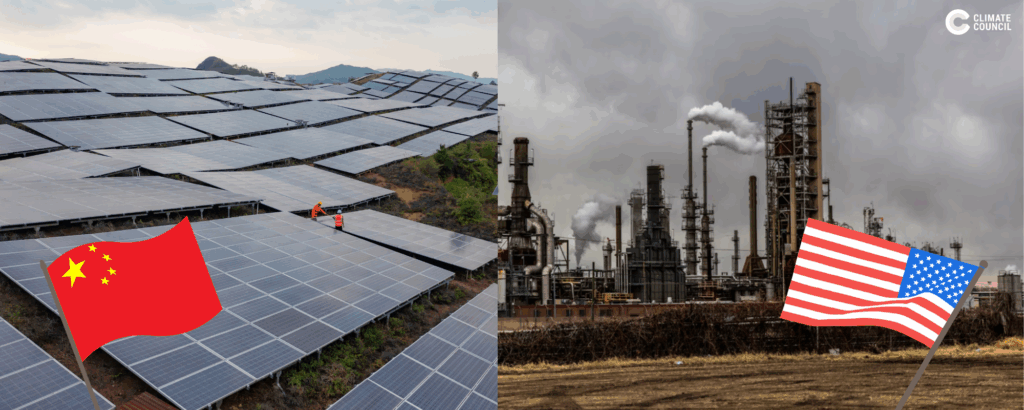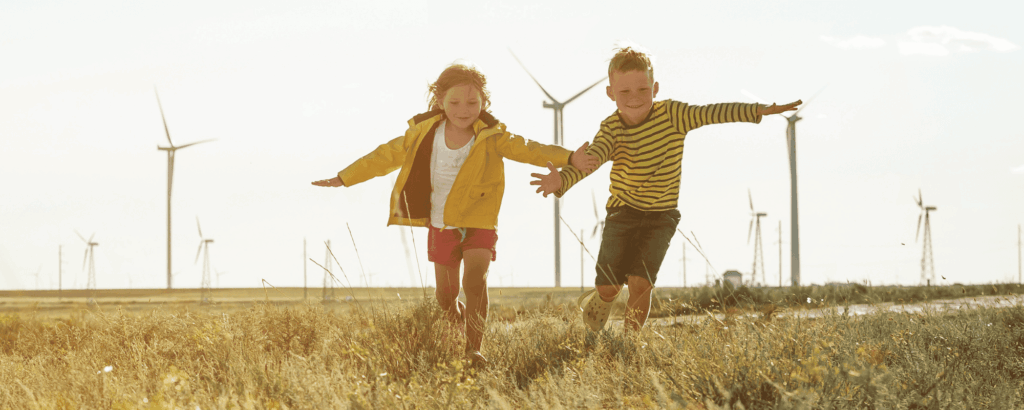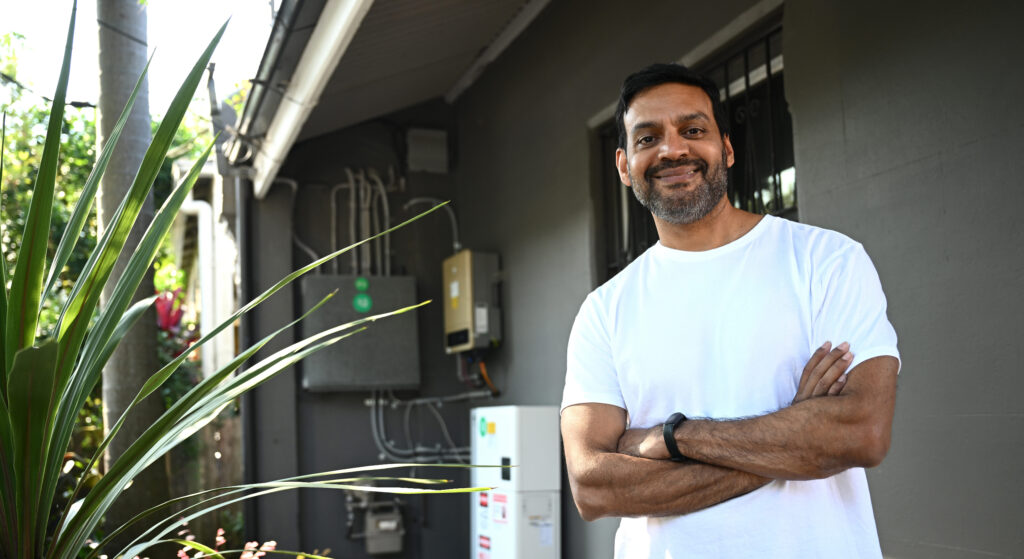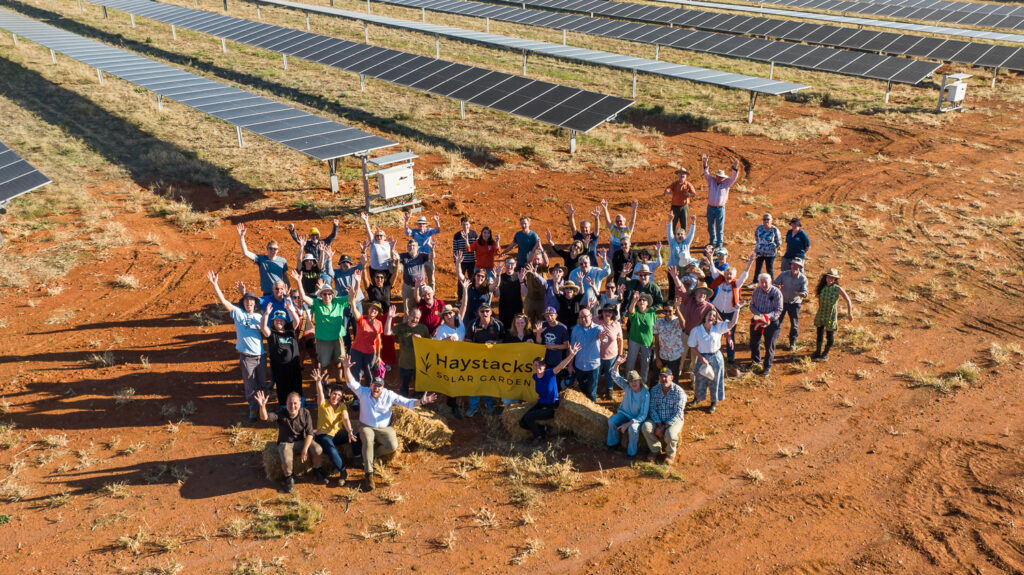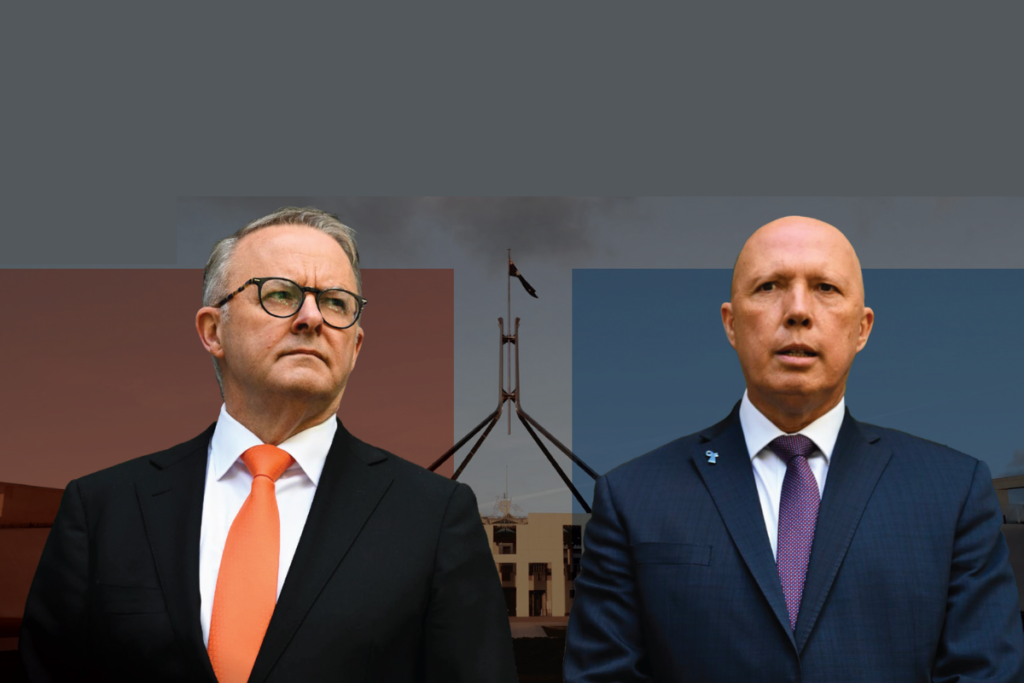Most people understand that carbon dioxide is the number one culprit when it comes to climate change. But there’s another harmful gas permeating our atmosphere and warming up our planet: methane. It’s the second most dangerous climate pollutant and it’s fuelling the unnatural disasters we’re experiencing now and into the next few decades.
There is growing recognition around the world that methane pollution is a huge contributor to warming the climate, especially in the near term. That’s because methane is highly effective at trapping heat. It breaks down in the atmosphere much more quickly than carbon dioxide, hanging around for only about a decade. But over a 20-year period it causes around 85 times the climate damage of carbon dioxide. And even when methane does break down, it adds to the amount of carbon dioxide in the atmosphere. That’s why slashing methane pollution now is critical to limiting the build up of harmful greenhouse gases that are fuelling global warming.
The Albanese Government has signed up to the Global Methane Pledge to slash global methane emissions 30 percent by 2030. But a promise is not a plan; currently, we have no dedicated national strategies or policies to deal with this harmful gas. Part of the problem is that we don’t know the true extent of our methane pollution. Official estimates rely heavily on self-reporting from the coal and gas industry, often using outdated and indirect methods. The good news is that there are many practical steps the Australian Government can take right now to cut methane pollution at the source. This starts with setting clear national targets for cutting methane pollution and holding coal and gas corporations accountable for accurately reporting and driving down methane pollution.
Right now, Australia is broadly on track to meet our national target of reducing climate pollution by 43 percent this decade. But to avoid the worst impacts of climate change and ensure a safer future for our kids, we need to slash pollution further and faster. Taking action on methane, alongside carbon dioxide, is an important way to double down on cutting climate pollution today, so we can ensure a safer tomorrow.
Key Findings
1. Methane is the second largest contributor to global warming after carbon dioxide – and it’s fuelling the unnatural disasters we’re experiencing.
- Like carbon dioxide, methane is a greenhouse gas that’s worsening extreme weather like heatwaves and devastating events like bushfires and floods. While carbon dioxide is more prevalent and longer lasting in the atmosphere, methane is more effective at trapping heat.
- Over a 20-year period, methane traps 85 times more heat than the equivalent amount of carbon dioxide – turbocharging global warming.
- Over a 100-year period, methane traps about 28 times more heat than the equivalent amount of carbon dioxide.
- Methane is estimated to be responsible for 25 to 30 percent of global warming since pre-industrial times.
2. Humans are turbocharging methane pollution – and it’s rising at a record rate.
- Human activities, such as fossil fuel mining and agriculture, are estimated to contribute roughly half of the methane emissions going into the atmosphere, with the other half coming from natural sources such as wetlands.
- The concentration of methane in the atmosphere is increasing at record rates. Annual increases in methane pollution measured in 2020 and 2021 were the largest since reliable records began.
- The concentration of methane in our atmosphere is now more than 1900 parts per billion, the highest level for at least 800,000 years.
- The recent rapid rise in methane pollution is estimated to have come almost entirely from human activities.
3. Australia produces an outsized share of global methane pollution, due to our large fossil fuel mining and agriculture industries – and our coal and gas corporations may be significantly under- reporting the methane they are releasing.
- Australia is the world’s 12th largest methane polluter, higher than many larger developed economies including France, Germany, the UK and Canada. Given that Australia has just over 0.3 percent of the world’s population, this means we are producing about four to five times as much methane as would be expected based on our population alone.
- In the year to December 2023, Australia produced nearly four million tonnes of methane, with the main sources including agriculture (52 percent) fossil fuel mining (25 percent), and household/ business waste (11 percent).
- The International Energy Agency estimates that Australian coal and gas corporations could be under-reporting methane pollution by as much as 60 percent.
4. We need to urgently slash methane pollution alongside carbon dioxide to hold climate change in check – that starts with setting clear national targets backed by action.
- There is growing recognition around the world that we must rapidly cut both methane and carbon dioxide to avoid worsening climate extremes.
- Without concerted action, global methane pollution from human activities is expected to rise 15 percent this decade.
- Along with over 150 other countries, Australia has signed the Global Methane Pledge to cut global methane pollution by at least 30 percent by 2030. But to date, the Australian Government has no published plan to help meet this objective, and there are no national or state methane reduction targets.
5. The Australian Government needs to hold fossil fuel corporations accountable for accurately monitoring, reporting and slashing methane pollution – and take other practical steps to tackle this greenhouse gas by:
- Mandating that all coal and gas corporations directly measure and report their methane pollution, rather than relying on flawed indirect estimates – in line with international best practice;
- Ending the approval of new coal and gas projects, and requiring the highest polluting mines to cut methane pollution as a condition of continued approval to operate; and
- Requiring underground coal mines to capture and destroy methane that is currently vented into the atmosphere, and banning all non-emergency flaring and venting of gas.
- We must also tackle other major sources of this gas by scaling up emerging solutions for cutting methane pollution from agriculture, and collecting and processing waste in ways that reduce methane from landfills.





